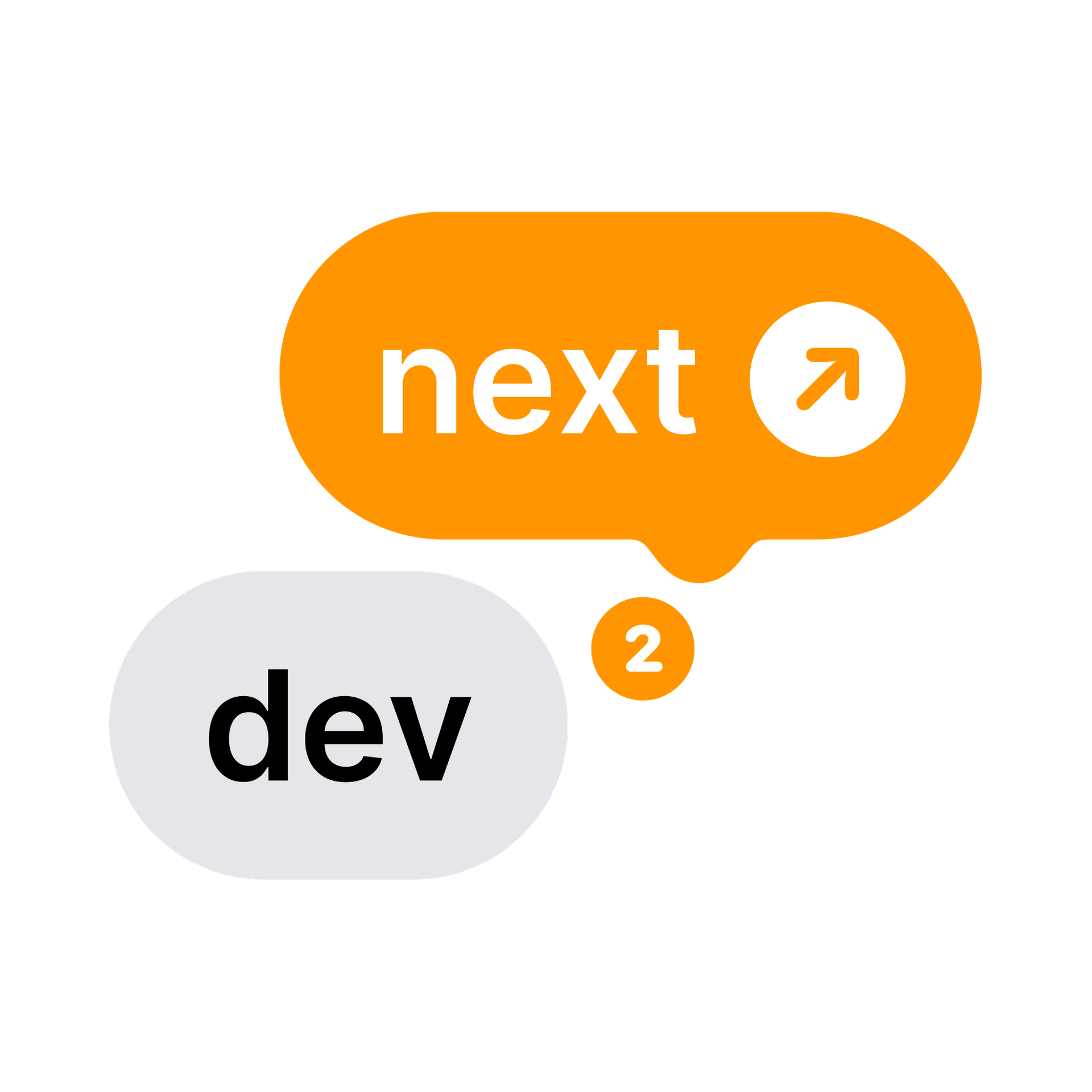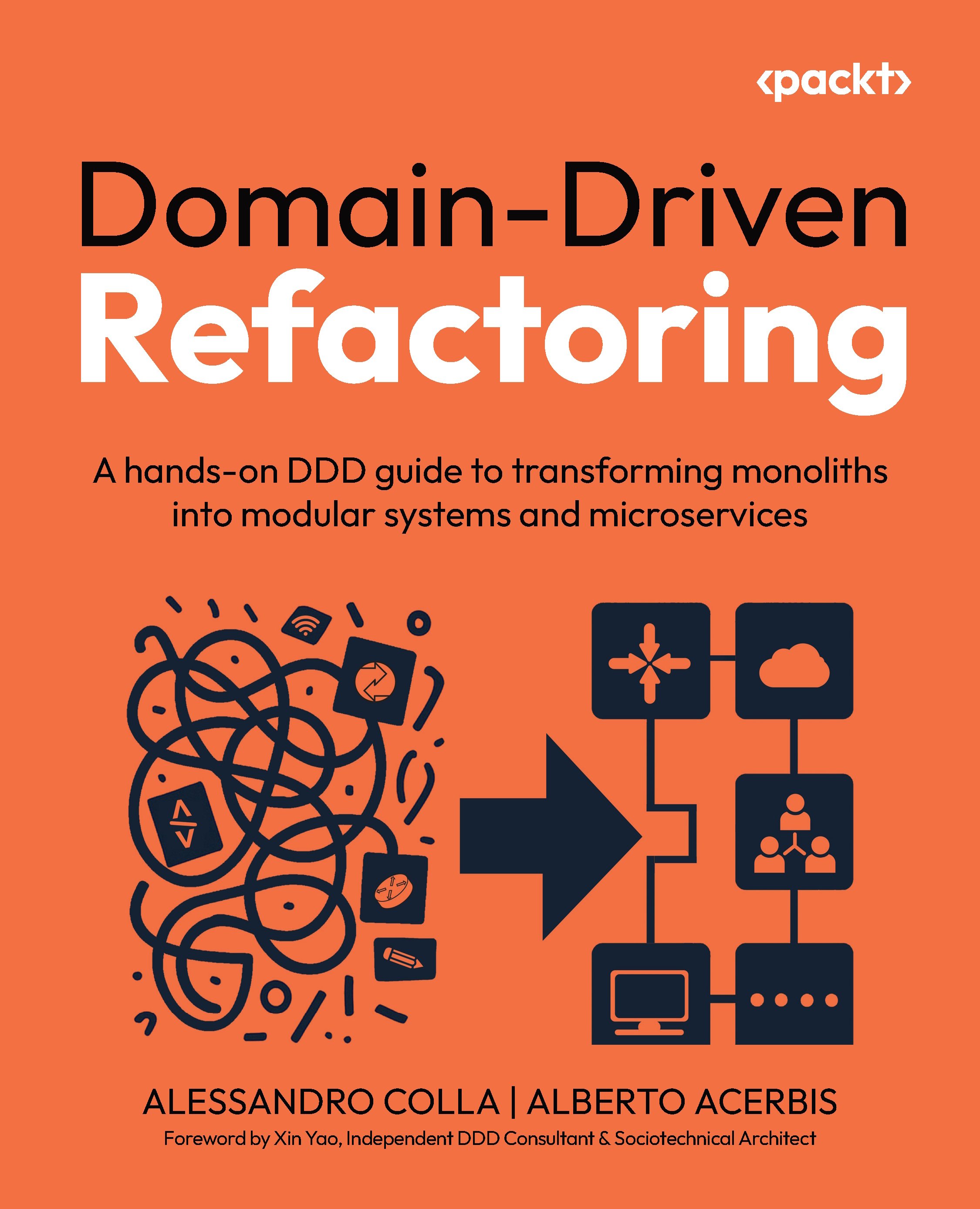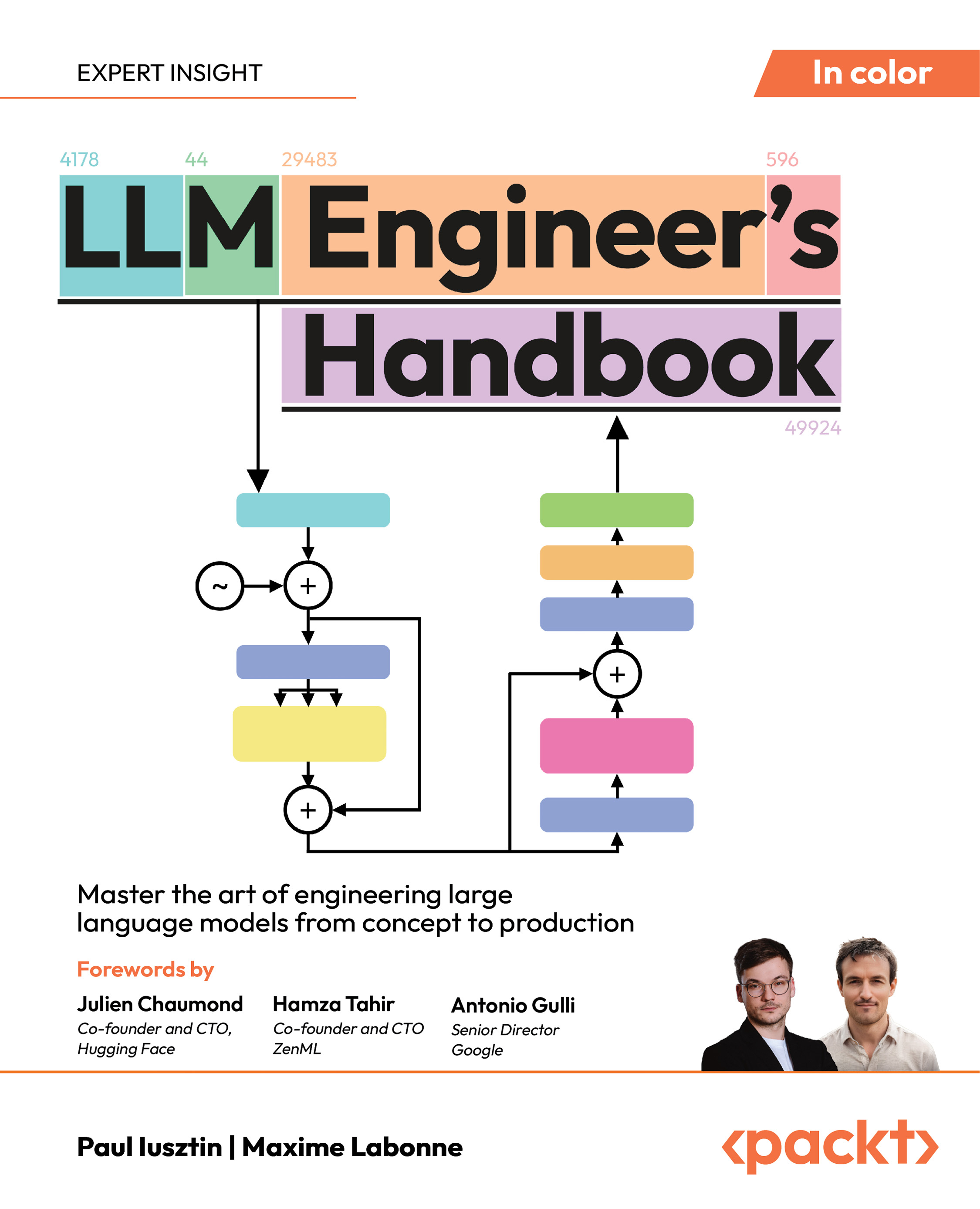In theory, it sounds ideal to methodically refactor a system. In reality, business stakeholders are rarely patient—they need new features yesterday. Colla acknowledges this tension:
“This is the million-dollar question. As in life, the answer is balance. You can't have everything at once — you need to balance features and refactoring.”
The solution is to weave refactoring into feature development, rather than treating it as a separate project that halts new work.
“Stakeholders want new features fast because the system has to keep generating value,” Colla notes. Completely pausing feature development for months of cleanup is usually a non-starter (“We’ve had customers say, ‘You need to fix bugs and add new features — with the same time and budget.’”). Instead, Colla’s team refactors in context: “if a new feature touches a certain area of the system, we refactor that area at the same time.” This approach may slightly slow down that feature’s delivery, but it pays off in the long run by preventing the codebase from deteriorating further. Little by little (“always baby steps,” as Colla says), they improve the design while still delivering business value.
Acerbis adds that having a solid safety net of tests is what makes this sustainable. Often, clients approach them saying it’s too risky or slow to add features because “the monolith has become a mess.” The first order of business, then, is to shore up test coverage.
“We usually start with end-to-end tests to make sure that the system behaves the same way after changes,” he explains.
Unlock access to the largest independent learning library in Tech for FREE!
Get unlimited access to 7500+ expert-authored eBooks and video courses covering every tech area you can think of.
Renews at £15.99/month. Cancel anytime
Writing tests for a legacy system can be time-consuming initially, but it instills confidence.
“In the beginning, it takes time. You have to build that infrastructure and coverage. But as you move forward, you’ll see the benefits — every time you deploy a new feature, you’ll know it was worth it.”
With robust tests in place, the team can refactor aggressively within each iteration, knowing they will catch any unintended side effects before they reach users.
 United States
United States
 Great Britain
Great Britain
 India
India
 Germany
Germany
 France
France
 Canada
Canada
 Russia
Russia
 Spain
Spain
 Brazil
Brazil
 Australia
Australia
 South Africa
South Africa
 Thailand
Thailand
 Ukraine
Ukraine
 Switzerland
Switzerland
 Slovakia
Slovakia
 Luxembourg
Luxembourg
 Hungary
Hungary
 Romania
Romania
 Denmark
Denmark
 Ireland
Ireland
 Estonia
Estonia
 Belgium
Belgium
 Italy
Italy
 Finland
Finland
 Cyprus
Cyprus
 Lithuania
Lithuania
 Latvia
Latvia
 Malta
Malta
 Netherlands
Netherlands
 Portugal
Portugal
 Slovenia
Slovenia
 Sweden
Sweden
 Argentina
Argentina
 Colombia
Colombia
 Ecuador
Ecuador
 Indonesia
Indonesia
 Mexico
Mexico
 New Zealand
New Zealand
 Norway
Norway
 South Korea
South Korea
 Taiwan
Taiwan
 Turkey
Turkey
 Czechia
Czechia
 Austria
Austria
 Greece
Greece
 Isle of Man
Isle of Man
 Bulgaria
Bulgaria
 Japan
Japan
 Philippines
Philippines
 Poland
Poland
 Singapore
Singapore
 Egypt
Egypt
 Chile
Chile
 Malaysia
Malaysia
















